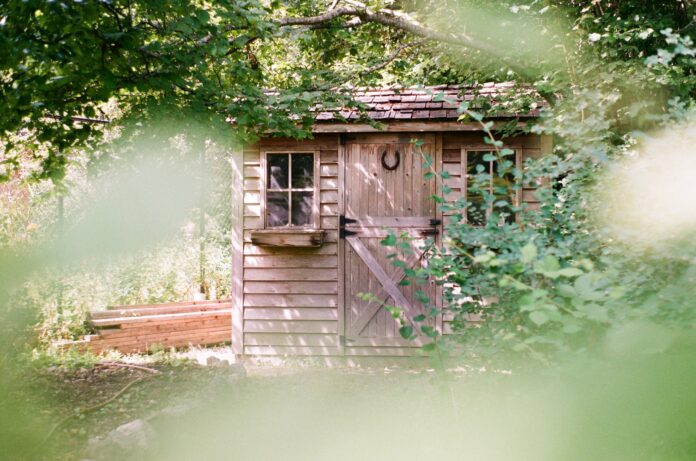The global pandemic put many people in an interesting position in which they were forced to work from home. In many cases, spouses were both occupying the same space while managing kids during remote learning. As such, it’s no wonder that people have started looking into creative solutions for this challenging situation.
Enter: The Shedquarters — an outbuilding repurposed as a home office. Here’s everything you need to know about creating a work-from-home shedquarters or garden office for your backyard.
Determine Your Needs
First, identify the purpose of this space. Will you be using it as an office, storing everything within it, and staying there for hours at a time? Alternatively, will this be a small escape zone designed for important meetings that you and your spouse will use, as needed?
Outline what things you must have included in the space. Your shedquarters could consist of nothing more than a desk and chair or could become a proper office with a whiteboard, worktable, and coffee station. Create a productive work environment at home by tailoring it to exactly what you want and need to be productive.
Research the Process
Once you have a better idea of your core needs, determine where your outdoor office could fit in your yard. This exercise will give you a better idea of how much space is available and what kind of structure you will need. If you already have an old shed that you’re thinking of repurposing, you’ve won half the battle.
If you’re adding a new shed, it’s integral that you check the local building permit requirements. You may need a permit based on the size of the structure or just require clarity around digging, electricity, and so on.
Determine If You’ll Buy or DIY
Once you know you’re cleared to move forward, determine whether you’ll buy a prefabricated shed or build something yourself. Many people with shed offices take a hybrid approach, purchasing a prefabricated shed and then customizing it to their liking.
The decision to buy or DIY ultimately depends on your budget, vision, skills, and needs. Take some time to research the advantages and disadvantages of each approach.
Extend Your Wi-Fi
One of the most critical aspects of your shedquarters will be internet connectivity. Fortunately, there are easy ways to extend the internet to your outbuildings without a significant change to your plan or home infrastructure.
Determine whether a cable extension or outdoor access point is suitable for your new office. While cables are more reliable, they’re not meant to be exposed to the elements. Installing outdoor access points or a wireless bridge likely won’t give you the same quality signal as being indoors, but it could solve the problem.
Figure Out the Lighting
It’s also important to have adequate lighting in your shedquarters. The two primary ways to achieve this goal are to run power to your shed or install large windows.
Having large windows is nice for letting in natural light, making the room feel more like an office and less like a shed. Adding power will increase your budget and add complexity to the building process, but makes the building more functional at any time of day.
Make It Yours
Once you have all the big pieces put in place, it’s time to personalize your space. The more comfortable and welcoming you can make your shedquarters, the more use it will get.
Let’s face it: no one wants to feel like they’re working in a shed. The idea is to make it aesthetically pleasing so that you feel happy to escape from the cacophony of your home to get some work done.
Use these simple tips as a starting point for designing your perfect garden office or shedquarters. Learn from those who have done it before you and research everything thoroughly before you begin.
Find a Home-Based Business to Start-Up >>> Hundreds of Business Listings.

















































